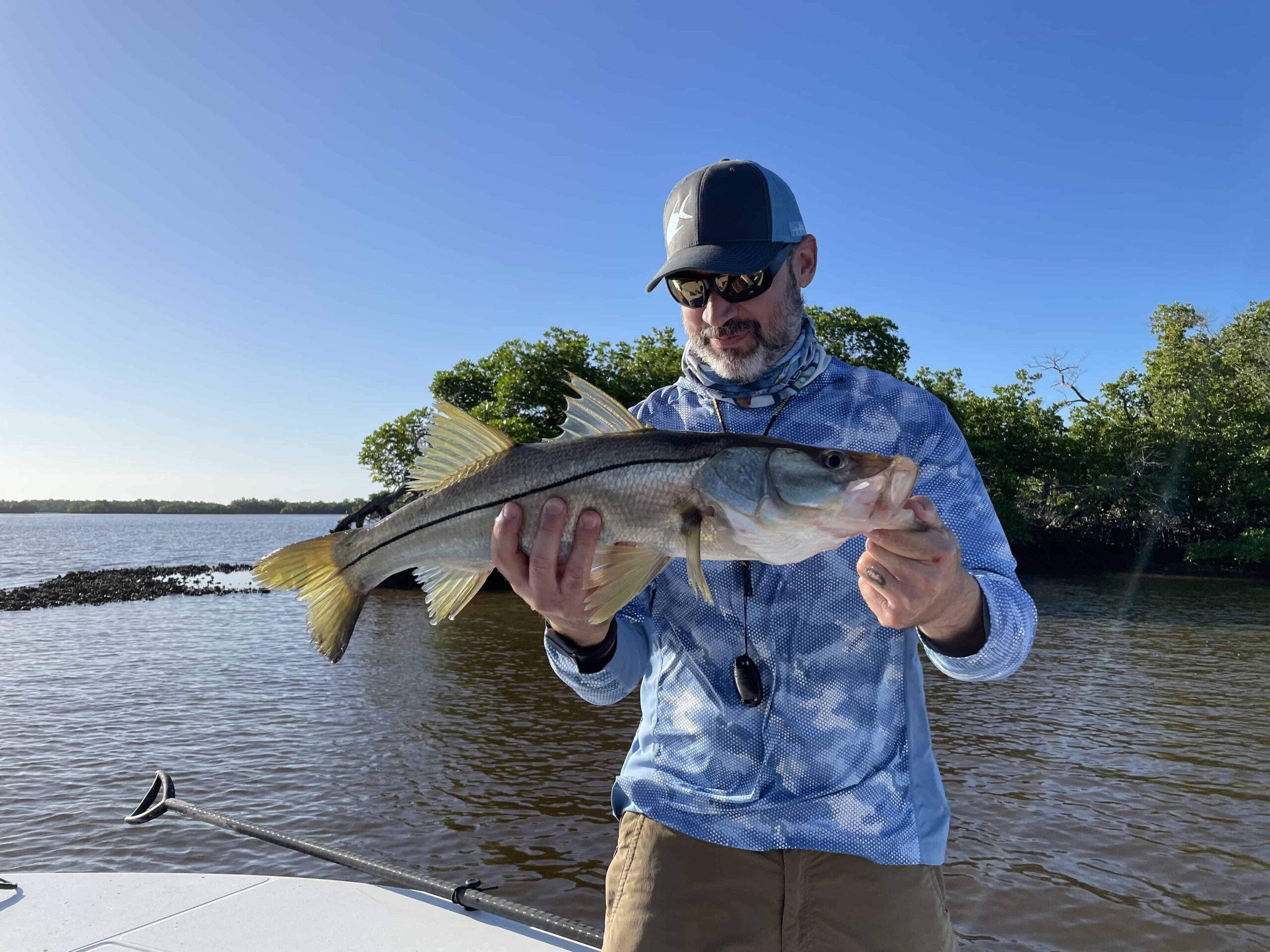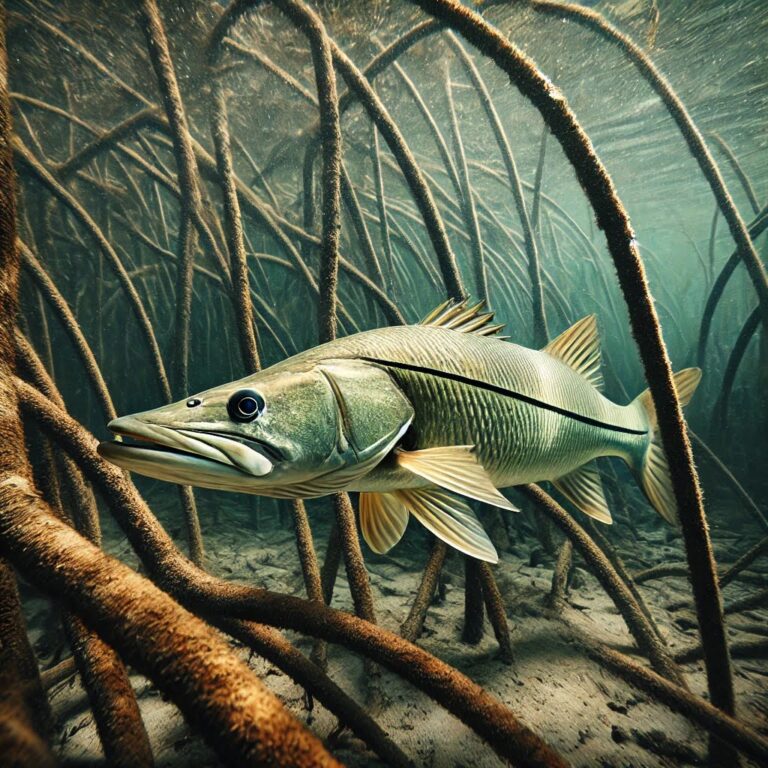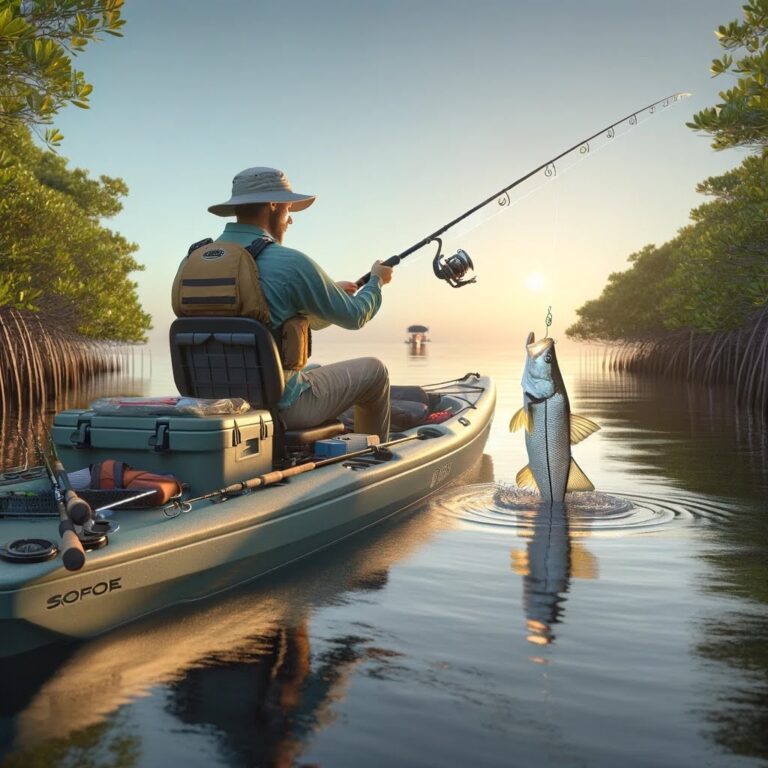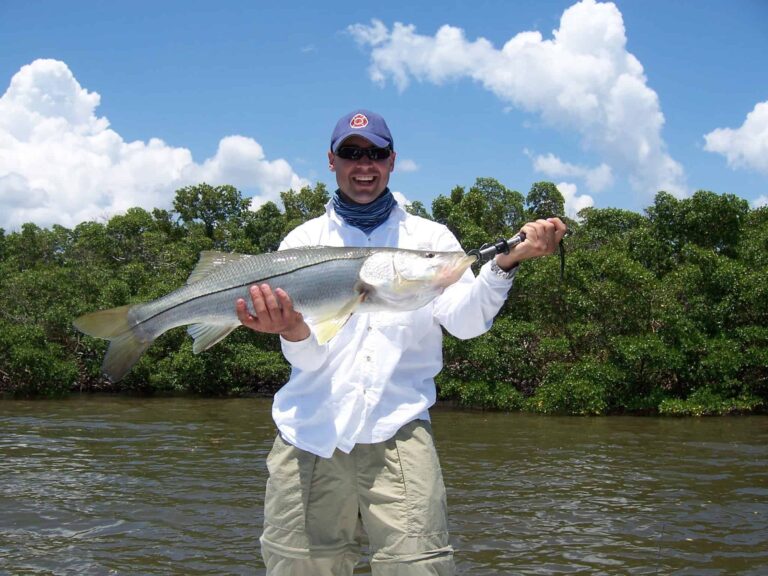Snook Fishing in the Everglades – 6 Things to Know
The Everglades, a vast and diverse ecosystem in South Florida, is renowned for its unique wildlife and rich fishing opportunities.
Among the prized catches in this area is the snook, a game fish that attracts anglers from around the world.
This article will explore snook fishing in the Everglades, delving into the ecosystem where they are found, the best times of the year to fish for them, various fishing methods, and a bit of the history of snook fishing in this iconic region.
Snook Fishing in The Everglades Ecosystem

Unique Characteristics
The Everglades is a complex and dynamic ecosystem comprising a variety of habitats, including sawgrass marshes, mangrove forests, cypress swamps, and coastal estuaries.
This vast area covers more than 1.5 million acres and serves as a critical habitat for numerous plant and animal species.
- Mangroves: Mangrove forests, particularly along the coast and in estuaries, are vital to the Everglades. These areas provide essential nursery habitats for juvenile fish, including snook, offering protection and abundant food sources.
- Estuaries: Estuaries where freshwater from the Everglades mixes with the saltwater of the Gulf of Mexico create rich, brackish environments. These nutrient-rich waters support a diverse array of marine life, making them prime fishing grounds.
- Water Flow: The slow-moving waters of the Everglades, often referred to as the “River of Grass,” flow from Lake Okeechobee to the southern tip of Florida. This gradual water movement is crucial for maintaining the delicate balance of the ecosystem.
Snook Habitat
Snook thrive in the warm, brackish waters of the Everglades, particularly in mangrove-lined shores, tidal creeks, and estuaries.
They prefer areas with abundant cover and structure, such as submerged roots, fallen trees, and grassy flats.
These environments provide ample opportunities for ambush feeding, a hunting strategy commonly used by snook.
Best Times of the Year for Snook Fishing
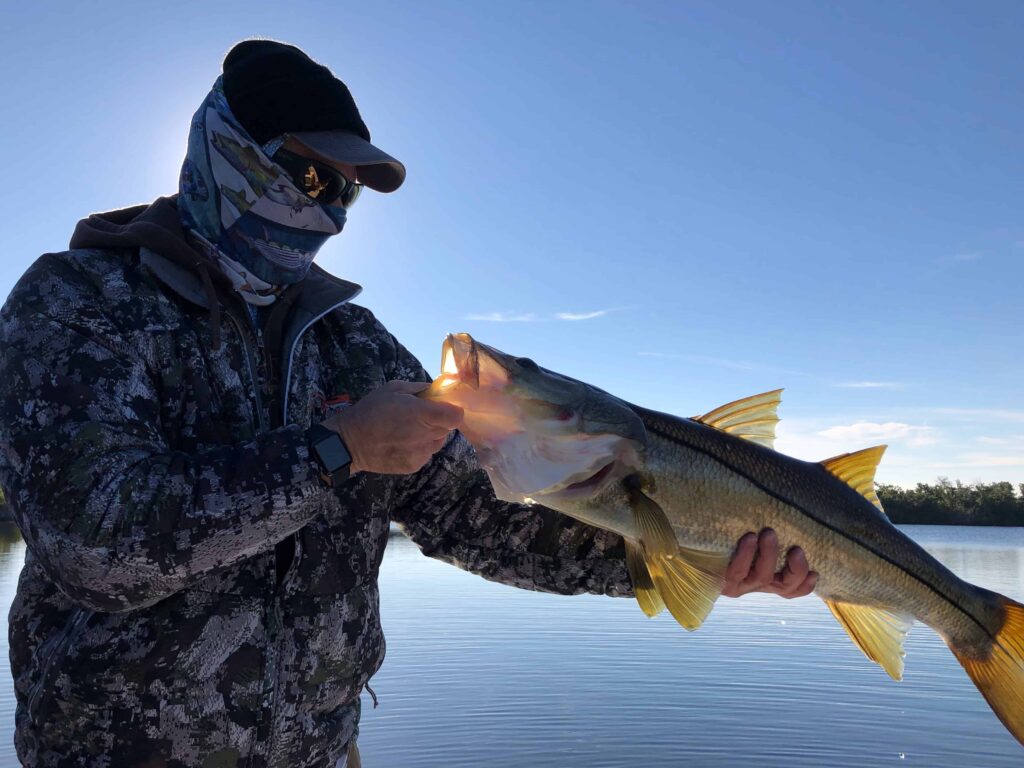
Fishing for snook in the Everglades can be productive year-round, but certain times of the year offer better chances for success.
Spring and Summer
- Spawning Season: The peak fishing season for snook in the Everglades is during their spawning season, which typically occurs from April to September. During this time, snook move to coastal inlets, passes, and river mouths to spawn. The higher concentrations of fish in these areas increase the likelihood of a successful catch.
- Warmer Temperatures: Snook are more active in warmer water temperatures. As the water heats up in the spring and summer, snook become more aggressive and feed more frequently, making them easier to catch.
Fall and Winter
- Migration: In the fall, as water temperatures begin to cool, snook migrate from their spawning grounds back to their winter habitats in the backwaters and deeper channels of the Everglades. Fishing during this transitional period can be productive as snook are still actively feeding.
- Milder Weather: Winter months offer milder weather conditions in South Florida, providing comfortable fishing conditions. While snook may be less active in cooler water, targeting deeper areas where they seek refuge can yield good results.

Fishing Methods for Snook
Several fishing methods are effective for targeting snook in the Everglades.
Understanding the preferred techniques and using the right gear can enhance your chances of landing this prized game fish.
Live Bait Fishing
- Preferred Baits: Snook are opportunistic feeders and readily take live bait. Common choices include live shrimp, pilchards, pinfish, and mullet. Using live bait that mimics the natural prey in the area can be particularly effective.
- Presentation: Presenting live bait near structures such as mangrove roots, submerged logs, or grassy flats can attract snook. Using a free-line rig or a light weight allows the bait to move naturally in the current, enticing strikes from snook.
Artificial Lures
- Topwater Lures: Topwater lures, such as plugs and poppers, are effective for targeting snook, especially during low-light conditions at dawn and dusk. The surface commotion created by these lures can trigger aggressive strikes from snook.
- Soft Plastics: Soft plastic baits, such as jerkbaits and swimbaits, are versatile and can mimic the appearance and movement of baitfish. Rigging them weedless allows for fishing in heavy cover without snagging.
- Jigs: Jigs are another popular choice for snook fishing. Using a jig with a soft plastic tail or a bucktail jig can be effective in both shallow and deeper waters. Varying the retrieval speed and jigging action can help entice bites.
Fly Fishing
- Flies: Fly fishing for snook in the Everglades is a thrilling experience. Effective fly patterns include baitfish imitations, shrimp patterns, and topwater flies. Clouser minnows and deceivers are popular choices.
- Techniques: Presenting the fly accurately and with minimal splash is crucial. Casting near structures and allowing the fly to drift naturally in the current can attract snook. Strip-setting the hook ensures a solid hookup.
A Brief History of Snook Fishing in the Everglades
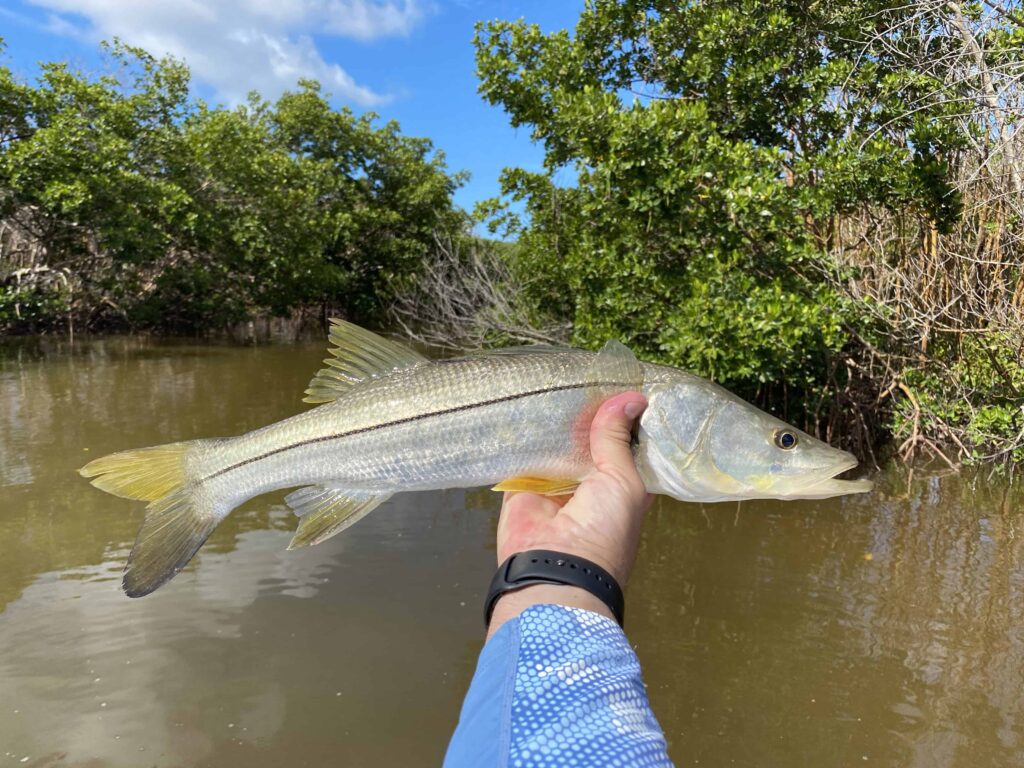
Snook fishing in the Everglades has a rich history, deeply intertwined with the region’s culture and traditions.
Early Beginnings
- Native American Influence: Long before modern anglers discovered the allure of snook fishing, Native American tribes in the region relied on the abundant fish populations of the Everglades for sustenance. The Calusa and Seminole tribes, in particular, utilized traditional fishing methods to catch snook and other fish species.
- Early Settlers: European settlers arriving in South Florida in the 19th century quickly recognized the fishing potential of the Everglades. They adopted and adapted native fishing techniques, targeting snook for both food and sport.
Evolution of Sport Fishing
- Recreational Angling: The early 20th century saw the rise of recreational angling in the Everglades. Improved transportation and the advent of motorized boats made the remote regions of the Everglades more accessible to sport fishermen. Snook quickly became a prized target due to their fighting ability and culinary value.
- Conservation Efforts: By the mid-20th century, the popularity of snook fishing led to increased pressure on fish populations. Recognizing the need for conservation, Florida implemented regulations to protect snook, including size limits, bag limits, and seasonal closures. These efforts have helped sustain healthy snook populations in the Everglades.
Why Snook Fishing in the Everglades is Sought After
Snook fishing in the Everglades is a highly sought-after experience for several reasons, ranging from the thrill of the catch to the natural beauty of the environment.
The Joy of Landing Snook
- Fighting Ability: Snook are renowned for their strong fighting ability. Once hooked, they exhibit explosive runs, acrobatic jumps, and powerful head shakes, providing an exhilarating challenge for anglers.
- Trophy Potential: The Everglades is home to some of the largest snook in Florida. Anglers have the opportunity to catch trophy-sized snook, making each fishing trip a potential for a memorable and rewarding experience.
Natural Beauty
- Scenic Environment: The Everglades offers a stunning backdrop for fishing adventures. The vast expanse of mangroves, sawgrass marshes, and winding waterways creates a serene and picturesque setting.
- Wildlife Encounters: While fishing for snook, anglers may encounter a variety of wildlife, including alligators, manatees, wading birds, and even dolphins. These encounters add to the overall experience, making each trip unique and exciting.
Culinary Value
- Flavor and Texture: Snook are highly prized for their delicious flavor and firm, white flesh. Their mild, slightly sweet taste and flaky texture make them a favorite for culinary enthusiasts.
- Versatile Cooking Options: Snook can be prepared in a variety of ways, including grilling, baking, broiling, and frying. Their versatility in the kitchen allows for creative and flavorful dishes.
Conservation and Sustainability
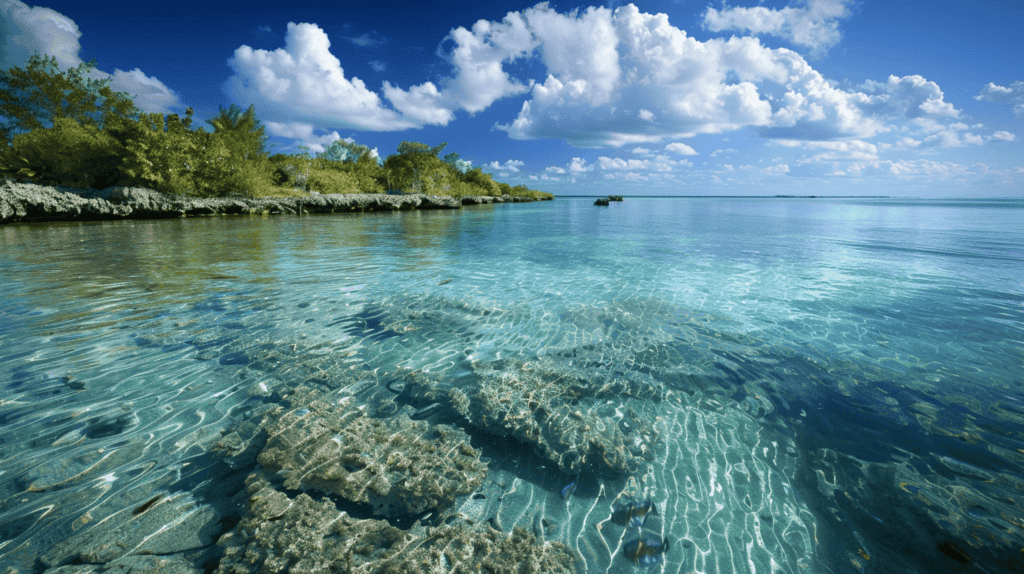
Maintaining healthy snook populations in the Everglades is essential for the long-term sustainability of the fishery.
Anglers play a crucial role in conservation efforts through responsible fishing practices.
Catch and Release
- Best Practices: Practicing catch and release for snook, especially larger breeding individuals, helps ensure the sustainability of the fishery. Using proper handling techniques, such as wetting hands before touching the fish and minimizing air exposure, increases the chances of survival after release.
- Barbless Hooks: Using barbless hooks or flattening the barbs on traditional hooks makes it easier to release snook without causing significant injury.
Adhering to Regulations
- Size and Bag Limits: Florida regulations specify size and bag limits for snook to protect the breeding population and ensure sustainable harvest. Anglers should familiarize themselves with these regulations and adhere to them.
- Seasonal Closures: Snook fishing is subject to seasonal closures to protect the species during critical spawning periods. Observing these closures is essential for maintaining healthy snook populations.
Conclusion
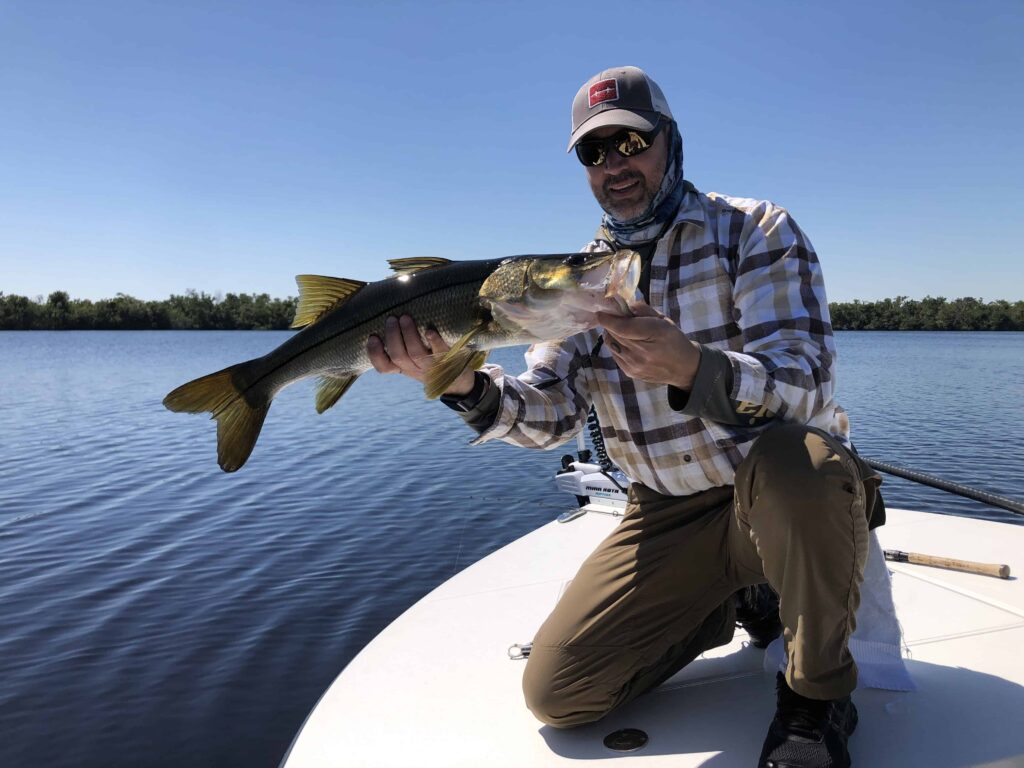
Snook fishing in the Everglades offers a unique and rewarding experience, combining the adrenaline-laced thrill of landing one of these creatures with the natural beauty of one of the world’s most diverse ecosystems.
Understanding the habitat, best times to fish, effective methods, and the history of snook fishing in the Everglades enhances your odds of success as well.
Last but of course not least is diligently practicing responsible fishing and adhering to conservation efforts.
These are but a few of the things we anglers can do to help preserve this remarkable fishery for future generations to come.
Now it’s your turn to gear up and explore the vast waterways of the Everglades and do some truly unforgettable snook fishing.
As we often say around here: Tight lines!

